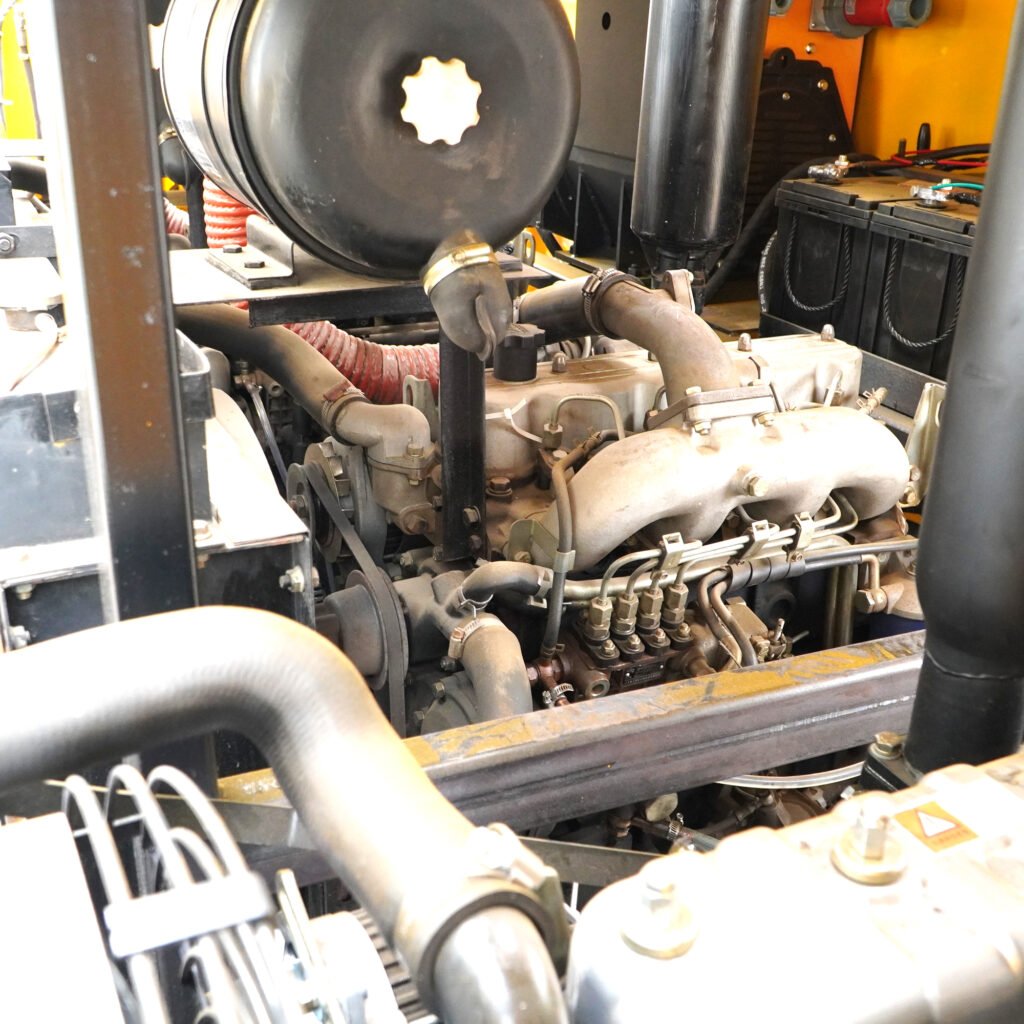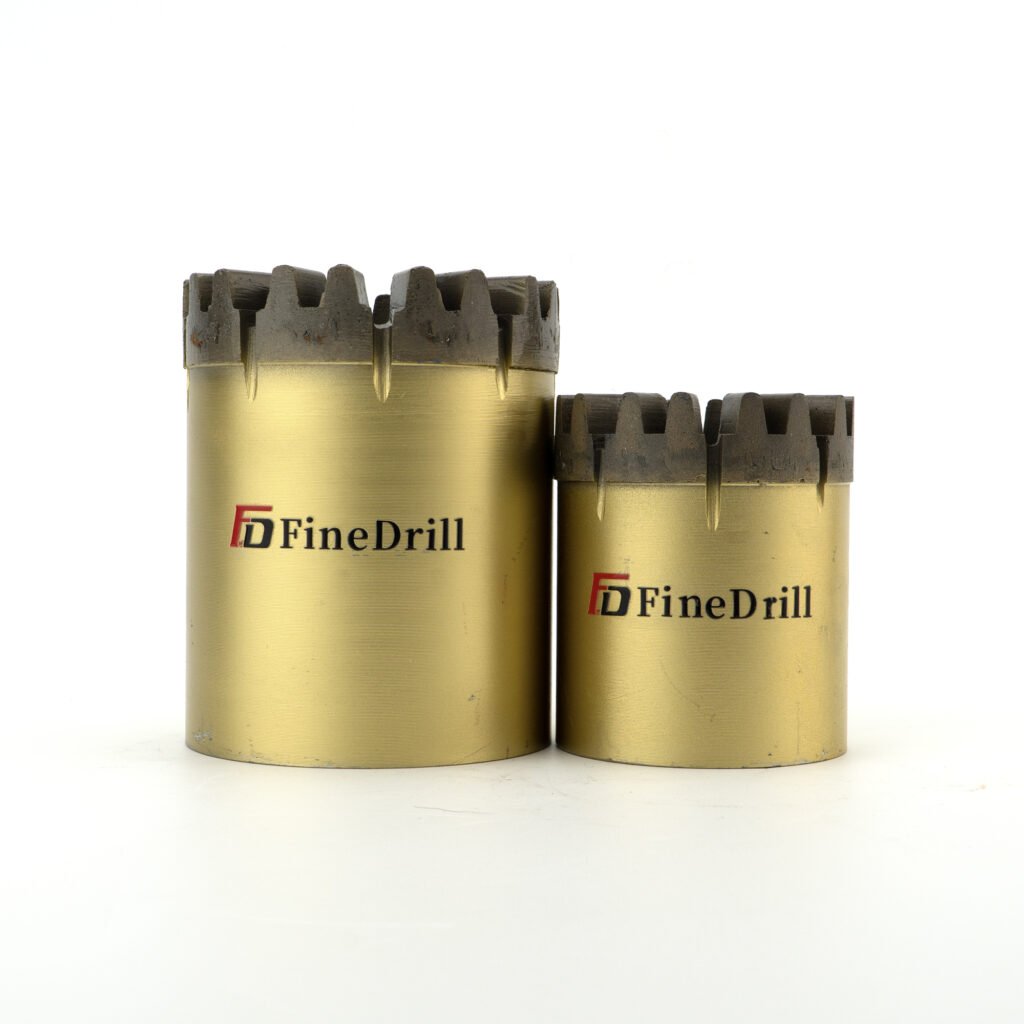
What Is a Drilling Rig and How Does It Work?
Drilling rigs are essential machines in industries such as construction, mining, oil and gas, and water well drilling. They are designed to create holes in the earth’s surface, ranging from shallow depths to thousands of meters underground. But what exactly is a drilling rig, and how does it work? In this blog, we’ll explore the basics of drilling rigs, their types, and the principles behind their operation.
What Is a Drilling Rig?
A drilling rig is a complex piece of equipment used to drill holes into the ground for various purposes. Depending on the application, drilling rigs can vary in size, design, and functionality. For example:
- Oil and Gas Drilling Rigs: These are large, often towering structures used to extract oil and natural gas from deep underground reservoirs.
- Water Well Drilling Rigs: Smaller rigs designed to drill wells for water extraction.
- Geotechnical Drilling Rigs: Used for soil sampling and testing in construction projects.
- Mining Drilling Rigs: Designed to extract minerals and ores from the earth.
Despite their differences, all drilling rigs share the same fundamental purpose: to penetrate the earth’s surface efficiently and safely.
How Does a Drilling Rig Work?
The operation of a drilling rig involves several key components and processes. Here’s a step-by-step breakdown of how a typical drilling rig works:
1. Power System

Drilling rigs require a reliable power source to operate. This can be provided by diesel engines, electric motors, or hydraulic systems. The power system drives the rig’s various components, including the drill bit, hoisting system, and circulation system.
2. Drill Bit
At the heart of the drilling process is the drill bit, a cutting tool designed to break through soil, rock, and other materials. Drill bits come in various shapes and sizes, depending on the type of material being drilled and the desired hole diameter.

3. Hoisting System
The hoisting system is responsible for raising and lowering the drill string (a series of connected pipes and tools) into the borehole. This system includes a derrick or mast, which provides vertical support, and a winch or draw works to control movement.
4. Circulation System
The circulation system plays a critical role in the drilling process. It pumps drilling fluid (commonly known as “mud”) down the drill string and out through the drill bit. The fluid serves several purposes:
- Cooling and lubricating the drill bit.
- Carrying cuttings (broken rock and soil) to the surface.
- Stabilizing the borehole walls to prevent collapse.
5. Rotary System
The rotary system provides the rotational force needed to turn the drill bit. This is typically achieved through a rotary table or a top drive system, which rotates the drill string and bit at high speeds to penetrate the ground.
6. Monitoring and Control
Modern drilling rigs are equipped with advanced monitoring and control systems to ensure precision and safety. Operators can track parameters such as drilling depth, pressure, and torque in real time, making adjustments as needed.
Types of Drilling Rigs
Drilling rigs can be classified based on their mobility, power source, and application. Here are some common types:
- Land Rigs: Stationary rigs used onshore for oil, gas, or water well drilling.
- Offshore Rigs: Large platforms or ships designed for drilling in oceans and seas.
- Portable Rigs: Smaller, mobile rigs that can be easily transported to remote locations.
- Auger Rigs: Used for shallow drilling in soft soils, often in geotechnical or environmental projects.
Applications of Drilling Rigs
Drilling rigs are indispensable in a wide range of industries, including:
- Oil and Gas Exploration: Extracting hydrocarbons from deep reservoirs.
- Water Well Drilling: Providing access to clean water in rural or urban areas.
- Mining: Extracting valuable minerals and ores.
- Geotechnical Engineering: Investigating soil and rock properties for construction projects.
Conclusion
Drilling rigs are powerful machines that play a vital role in modern industry. By combining advanced technology with skilled operation, they enable us to access valuable resources beneath the earth’s surface. Whether you’re in the oil and gas sector, construction, or mining, understanding the basics of drilling rigs and their principles can help you appreciate their importance and functionality.
If you’re looking for high-quality drilling rigs, drill bits, or accessories, FineDrill offers customized solutions to meet your needs. Contact us today to learn more about our products and services!
Let me know if you’d like to adjust the tone, add more technical details, or include specific examples!

Thank you a bunch for sharing this with all folks you really know what you are speaking approximately!
Bookmarked. Please also visit my website =).
We may have a hyperlink change agreement among us